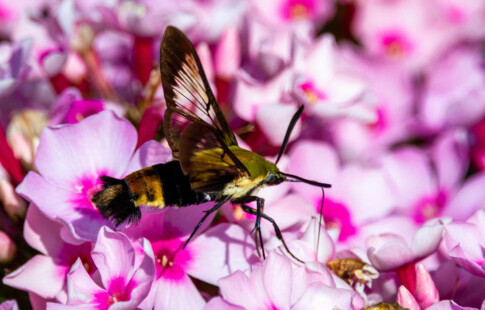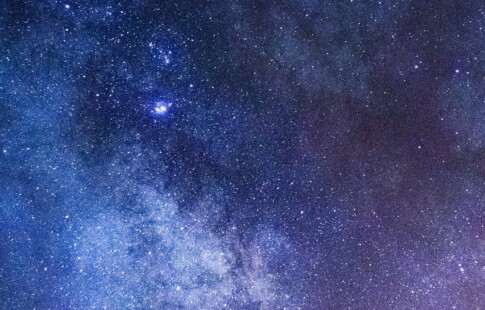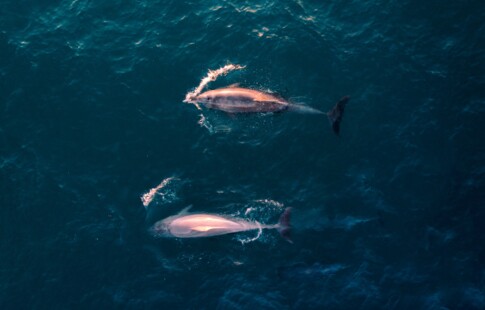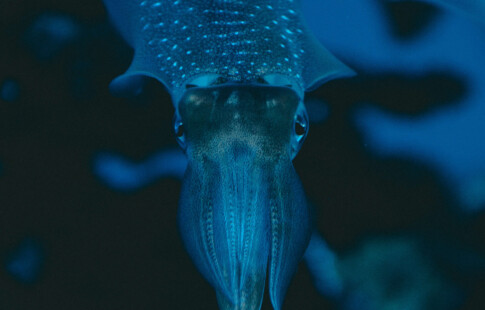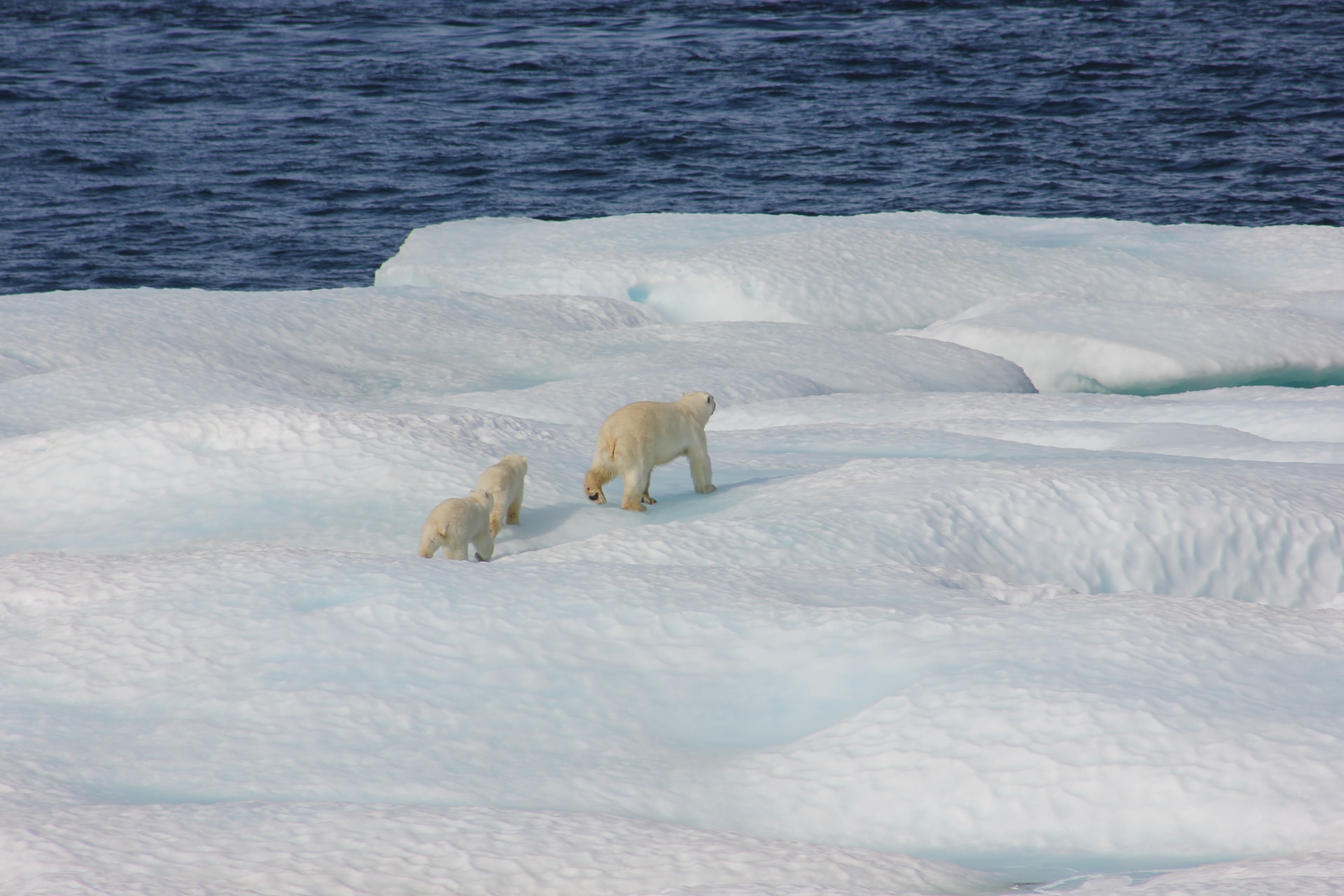
How Are Polar Bears Affected By Climate Change?
We are reader-supported. When you buy through links on our site, we may earn affiliate commission.
How are polar bears affected by climate change? Are they really in as much danger of extinction as the news often makes them out to be? One of the most common examples of the impact of climate change is sad photos of polar bears on ever-shrinking chunks of ice. Many people today are wondering how realistic these images are.
Polar bears are deeply impacted by climate change, but the issue is more nuanced than people may realize. It’s not just about shrinking ice. The effects of climate on polar bear populations are far-reaching and impact entire ecosystems and food chains.
How Are Polar Bears Affected By Climate Change?
So, how are polar bears affected by climate change? Scientists have identified a few main ways environmental changes are impacting polar bear populations. Some of them are obvious, such as the loss of ice for polar bears to live on. Other effects are less obvious, though, and involve broader changes to the arctic ecosystem.
Habitat Loss
Over the past 40 years, over 2 million square kilometers of arctic ice has disappeared. That’s nearly five times the area of the state of California. This is a serious issue – not just for polar bears, but for all arctic wildlife and the entire planet.
Arctic ice covering Earth’s north pole serves many important functions. One is reflecting sunlight away from Earth, effectively keeping the global temperature from getting too high. When too much of the ice melts, it can’t reflect away as much sunlight as it should, resulting in temperature increase. Warmer temperatures trigger more ice melting, leading arctic ice to disappear at an exponential rate.
For polar bears, this means less ice to live on. Areas where polar bears can safely make dens to live and raise their young are rapidly disappearing. When there’s less ice, polar bears are also forced to swim more often and over longer distances. This is leading to higher rates of death due to drowning among both adult bears and cubs.
Some people may wonder why polar bears can’t simply live in other places. Why do they need to live on ice sheets? Polar bears have evolved over millions of years to thrive in the arctic. Their distinctive white fur and seal hunting skills are an advantage there. In other environments, that would not necessarily be true. Just as a black bear would stand out poorly in the arctic, polar bears are not suited for other habitats like a forest environment.
Lack of Prey to Hunt
Habitat loss doesn’t just impact polar bears. Other arctic animals are also losing their habitats to ice melting and climate change, including the animals polar bears rely on for food. Polar bears mainly eat seals, which also live on ice sheets.
As ice melts, seals have fewer safe places to hide where they can reproduce and raise pups. This leaves them vulnerable to excessive hunting by polar bears. Of course, polar bears need food. However, over time they can hunt local seal populations into extinction when they are too easy to catch. This eventually leads to a lack of prey for the polar bears.
Additionally, seals are also moving to land instead of staying on ice sheets. They are fairly well equipped to survive on beaches as long as there are still fish and small sea creatures to hunt. Moving to the relative safety of the beaches is good for the seals, at least temporarily, but it further depletes food supplies for the polar bears.
So, when asking “how are polar bears affected by climate change,” we need to look at the entire food chain. Any impact felt by polar bears is felt by every other species in the ecosystem since they are all connected. A lack of prey for polar bears is more a symptom of larger issues in the arctic food chain as a result of climate change. Warming temperatures are threatening every arctic species.
Smaller, Fewer Polar Bear Cubs
Sadly, one of the biggest impacts of climate change on polar bears is worsened survival rates for cubs. With fewer places to live and build a safe den, polar bears are less likely to reproduce. Less sea ice and larger areas of water between ice sheets also make it harder for adult polar bears to find a mate.
When polar bears are able to mate and have cubs, they face excessive survival challenges. Scientists have noticed that polar bear cubs today tend to be smaller and fewer in number than they were 30 or 40 years ago. There are a few reasons for this.
First, with fewer seals to hunt, adult polar bears have a much more difficult time feeding their cubs. This results in slower, weaker growth. Lack of prey can even lead cubs to die of starvation or malnourishment. Additionally, cubs are more likely to drown or be attacked by other animals while swimming large distances between ice sheets. Even on ice, a lack of safe places to hide leaves cubs vulnerable to other predators.
So, it is getting increasingly difficult for polar bear cubs to survive to adulthood. At the same time, it is also getting harder for adult polar bears to mate. Both factors are resulting in a rapidly declining polar bear population, which is not only sad for the polar bears but also threatens the stability of the entire arctic food chain and ecosystem.
How Can We Protect Polar Bears?
If you’re wondering, “how are polar bears affected by climate change,” you may also be wondering if there’s anything you can do to help them. Unfortunately, it’s not easy.
The threats facing polar bears today are the result of large-scale, heavily-funded systems and behaviors that are deeply ingrained in how many of the world’s societies function today. Saving the polar bears requires resolving and reversing climate change, which requires widespread action. No single person can do it alone.
There are a few things you can do, though. If possible, reduce your carbon footprint. You can do this by driving gas-powered vehicles less, using an electric vehicle, walking, cycling or using public transportation. You may even be able to switch to a renewable energy provider in your area. Tell friends and family why you’re reducing your carbon footprint and offer to help them do the same. If enough people stop relying on the fossil fuels that produce carbon emissions, it will help slow climate change.
You can also campaign for change using your money and voting capabilities. Only shop with brands and companies that support low emissions and net zero supply chains. Contact your local legislative representatives and let them know you want them to support legislation that will lower emissions and fight climate change. You can even vote specifically for representatives who are prioritizing climate goals.
Lifestyle changes can help polar bears, as well. Interestingly, you can help reduce strain on polar bears’ food sources by eating less fish, which seals need to survive. Instead, try going vegan and eating only plants or simply minimizing fish in your diet. If enough people do this, it will reduce demand for fish, reducing fishing activity by extension and increasing food for seals which increases food for polar bears. Remember, we’re all connected in the global food chain.
Save Polar Bears By Fighting Climate Change
Polar bears are one of the most common symbols for climate change today. How does climate change affect polar bears exactly, though? Rising global temperatures have far-reaching effects, but the main impact on polar bears is a shrinking habitat, less prey and lower survival rates for cubs.
We can protect polar bears and the entire arctic ecosystem by working together to reverse the catastrophic harm human activity has caused to our environment. Only large-scale change will be able to protect polar bears and the countless other species that share their arctic habitat.
Share on
Like what you read? Join other Environment.co readers!
Get the latest updates on our planet by subscribing to the Environment.co newsletter!
About the author
Rachel Lark
Rachel serves as the Assistant Editor of Environment.co. A true foodie and activist at heart, she loves covering topics ranging from veganism to off grid living.


